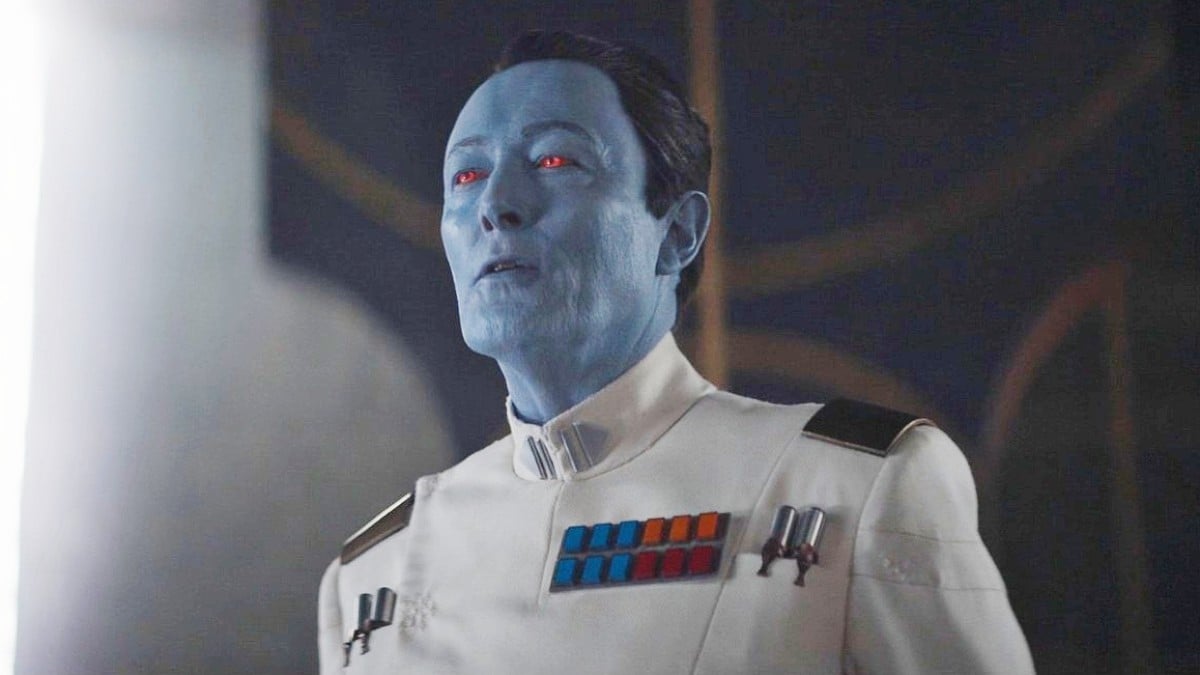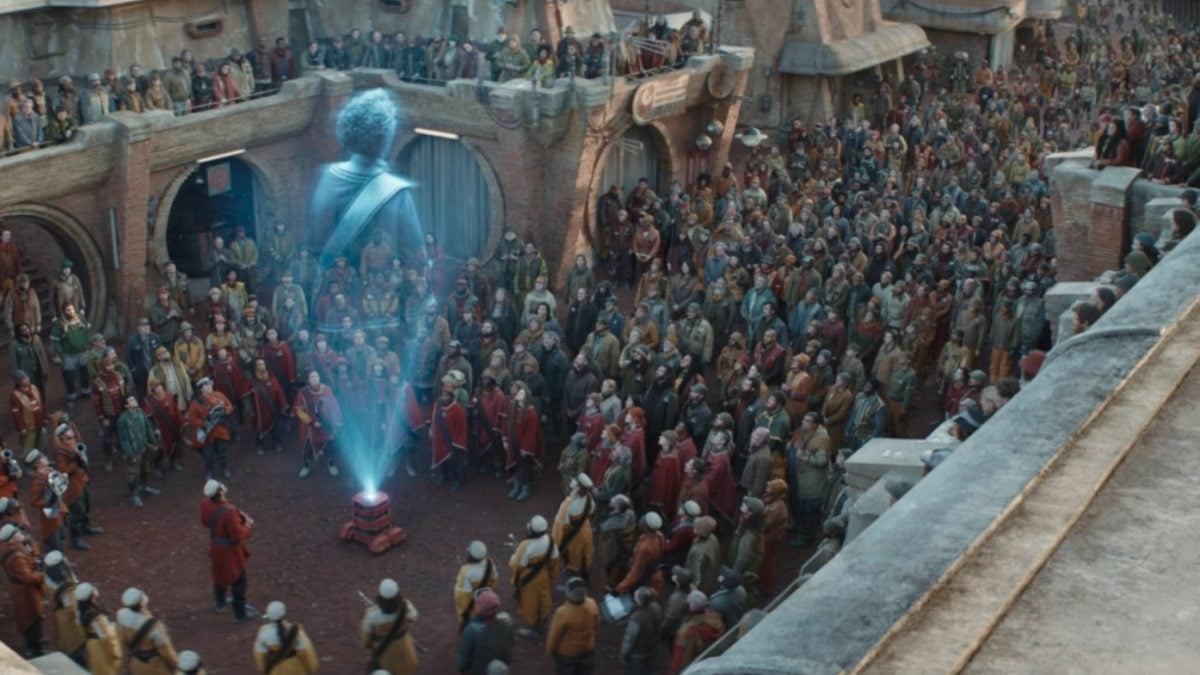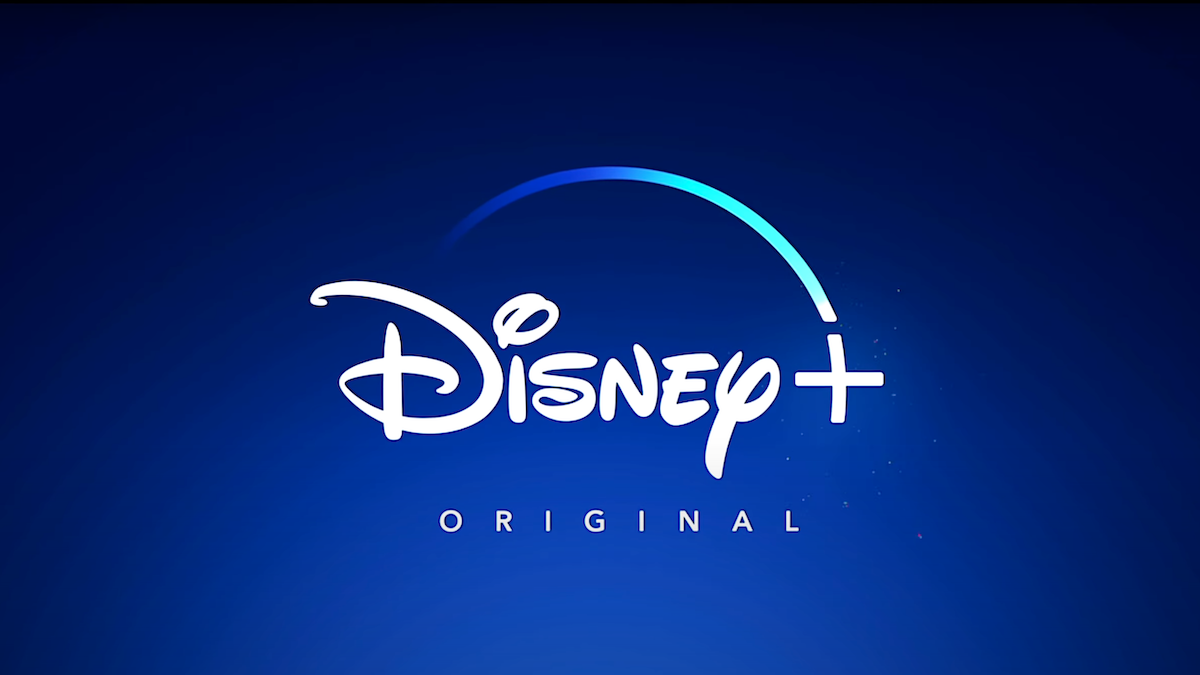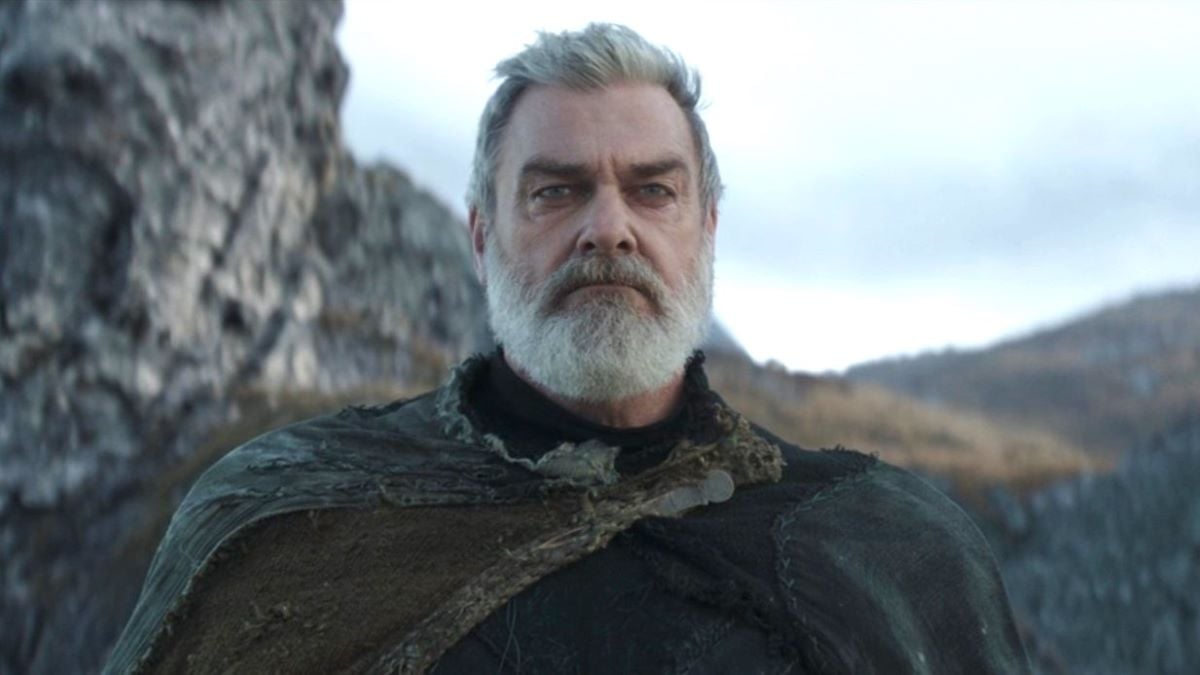The first season of Ahsoka is now complete, though the season didn’t so much end as fizzle out. The story has no resolution for any characters, reveals nothing interesting about the wider universe, and seems content to rely on a literal no-kidding mystery box ending to keep us engaged. Even J.J. Abrams might think that’s a bit much!
This is an especially cruel kick in the teeth for Ray Stevenson fans. His fallen Jedi Baylan Skoll was by far the most interesting character in the show, though his role in the finale was a single brief, dialogue-free scene of him standing on a cliff looking moody. We don’t know what he wants, heck, we don’t even know what his motivation is other than some cryptic mutterings. Rubbing salt into the wound is Stevenson’s tragic death in May 2023, so he will never get to play out the meat of Baylan’s arc.
But season finales providing no narrative or emotional closure is a problem Disney Plus fans will be inured to by now, as it’s baked into the DNA of the whole “shared universe” concept.
Nothing ever ends

Even those who enjoyed Ahsoka find it difficult to deny that the season one finale resolved anything. The usual defense is that the story will continue in the (as yet unannounced) second season. Here we’ll presumably know more about Thrawn’s plans, discover what’s in those boxes, see Sabine improving her abilities with the Force, and whatever they’re going to do with Baylan Skoll.
Given how little actually happened in this season and how slow the story progressed, it may even have made sense for Ahsoka to open with Thrawn returning from Peridea with the Nightsisters, rather than spending four episodes on a pointless treasure hunt that makes less sense the longer you think about it and then wrapping up the season by watching Thrawn very, very slowly prepare to leave.
Beyond that, the bulk of the Ahsoka characters’ development took place in The Clone Wars and Rebels, which I’m guessing only a minority of the Ahsoka audience will have watched. Why should they care about Ezra Bridger’s rescue or Sabine’s fuzzily defined past trauma? Even Ahsoka Tano herself is a cipher, spending much of the show looking alternatively smug and bored while swaddled in the thickest possible plot armor.
But if and when Ahsoka season 2 arrives, it’s going to crash right into the same narrative roadblocks that made the first season so disappointing. We already know Dave Filoni is working on a “Mandoverse” movie that’ll bring together characters from Ahsoka, The Mandalorian, and The Book of Boba Fett, so any further Ahsoka is inevitably going to be setting that story up and will almost certainly end with nothing resolved.
Even then, Filoni’s Mandoverse movie is narratively hamstrung by being set before The Force Awakens. As such, canon constraints mean nothing galaxy-changing can possibly happen in it and it’ll ultimately pave the way for the terrible The Rise of Skywalker. Yay.
How to do it right

It’s worth examining a sister show that did this right. On paper, Andor should have the same problems as Ahsoka. We’ve already seen the character’s death in Rogue One, we know the Empire will indeed fall, and before a single minute aired, it was confirmed that Cassian’s story would be told over two seasons. And yet the Andor season 1 finale was one of the best things Star Wars has done in decades.
The reason? The finale centered around the funeral of Cassian’s adoptive mother Maarva, using her final message as a narrative crescendo that crystallizes everything in the story to that point and delivers a whole bunch of cathartic brick-based violence against the Empire.
I suppose you could argue that Morgan Elsbeth’s death fulfills a similar function in Ahsoka, but as her death is met by a collective shrug from the characters, why should we care?
Looking a little deeper into the franchise’s past, you could theoretically level the same criticism of not having a proper ending at The Empire Strikes Back, which is well aware it’s setting up the events of Return of the Jedi. But, like Andor, Empire is careful to end on a moment of emotional resonance and a major leap forward in several character arcs – not to mention that it delivers the goods when it comes to shocking revelations.
The wider Disney Plus issue

Disney CEO Bob Iger has been public about his dissatisfaction with the Disney Plus output. In July he admitted the company had taken its eye off the ball, saying that the large number of Marvel and Star Wars releases “ended up taxing our people way beyond — in terms of their time and their focus — way beyond where they had been.”
Recent notable disappointments have been Obi-Wan Kenobi and The Book of Boba Fett (and The Mandalorian season 3 wasn’t so great, either), each of which felt like it needed much longer in the oven. Fan inertia means millions are still watching, but the clear decline in storytelling is already draining away enthusiasm about what they’re building up to.
Disney Plus itself is shedding subscribers around the world, with global subscriptions dropping from 157.8 million to 146.1 million as per the latest figures. The reasons for this range from a squeeze in living costs, fierce competition from other streaming services, and Disney Plus India losing the cricket rights, but a tentpole show like Ahsoka turning out so poorly isn’t going to help staunch the bleeding.
The solution may be simply to slow down and ensure that the right talent is working on the right show. Ahsoka had every resource available to it to be great: a killer cast, a fun set of characters, the budget and tech to realize its story without cutting corners, and an obvious passion from Dave Filoni.
This should have soared rather than stumbled; we can only hope that lessons are learned, the writing improves, and that Star Wars gets back to telling stories that, y’know, end rather than just roll credits.

